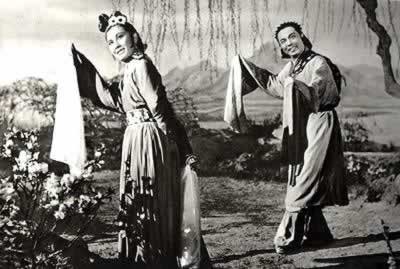Tianzhushan UNESCO Global Geopark is located in Qianshan City, Anhui Province, P.R. China. It is located at a latitude of 30°35′17″ ~ 30°48′41″N and a longitude of 116°16′04″ ~ 116°33′41 E. It is connected with Dabieshan in the northwest and borders on the Yangtze River in the southeast, with a total area of 413.14km2. The main peak is 1489.8m high, like a gigantic pillar propping up the heavens, so it is called “Tianzhu” (which literally means “Heavenly Pillar” in English). Tianzhushan Geopark is located in the eastern part of Dabieshan Orogenic Belt between the North China and Yangtze Paleo-Plates and the southern part of Tancheng-Lujiang Fault Zone. It is currently internationally recognized as an important area of UHP metamorphic belt, due to having the largest scale, deepest denudation, best exposure and most abundant UHP minerals and rock combinations in the world, recording the amazing geological process of the subduction, collision and turn-back of continental plates. Consequently, the area of Tianzhushan is one of the most typical areas for the study of continental dynamics. In addition, Tianzhushan Geopark is world-famous for its most beautiful granite landforms. In the Tancheng-Lujiang Fault Zone, the cave landscape formed by landslides and collapsed stacks of granite in particular has been named as a landscape with the ”Tianzhushan type” collapsed and stacked stones. In addition, more than 50 species of vertebrate fossils with characteristics exclusive to Asia have been discovered in more than 20 sites within Tianzhushan Geopark, giving Tianzhushan a unique position in the research of the evolution of Paleocene mammals, and has lead to it being recognized as“one of the places of origin of Asian mammals and a treasure trove of paleontological vertebrate fossils”.
Tianzhushan has a long history with a rich cultural heritage. Famous Xuejiagang Culture relics in the Neolithic Period bear witness to the life, and culture of generations of our ancestors dating from 6000 years ago. In the Spring and Autumn Period, Tianzhushan was subordinated to the State of Wan, so it is called Wanshan, and that’s why Anhui province was briefly called Wan. In 106 BC, Liu Che, Emperor Wu of the Han Dynasty, ascended Tianzhushan and referred to it as Sacred Southern Mountain (Emperor Wen of Sui Dynasty renamed Hengshan as Southern Mountain afterwards). Since 1982, Tianzhushan has been successively ratified as a National Scenic Spot, National Forest Park and National AAAAA Tourist Attraction. Tianzhushan became a National Geopark in 2005, and joined the GGN in 2011.
The Geopark is connected with the airport through the highway. It is 206km to Xinqiao International Airport. The upgraded Tianzhushan Airport is 55km to the Geopark. There are daily flights to Beijing, Shanghai and Guangzhou from the two airports.
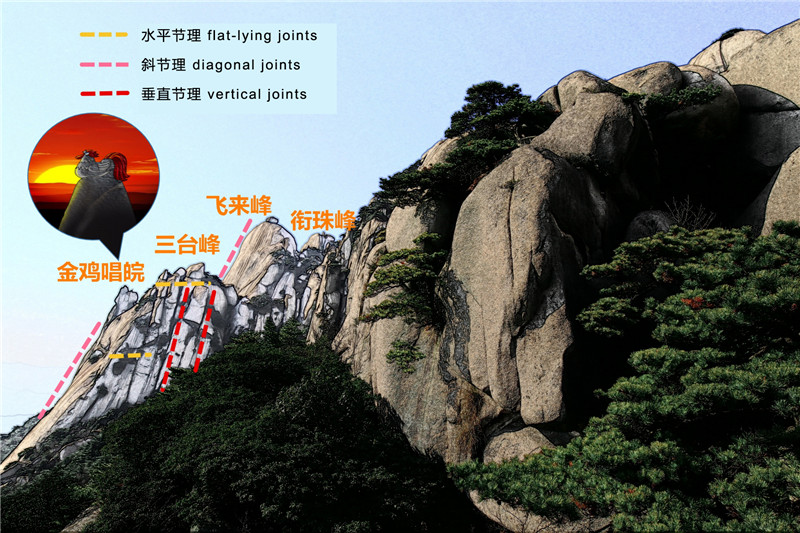
Historic Evolution
- Approved as one of the first group of National Key Scenic Areas by the State Council in 1982
- Approved as National Forest Park in 1992
- Approved as National AAAA Tourist Attraction in 2000
- Approved as National Geopark in 2005
- Shortlisted as one of China’s Natural and Cultural Heritage Sites in 2009
- Approved as National AAAAA Tourist Attraction and National Scientific Education Base in 2011
- Approved as Global Geopark in 2011
- Listed in China’s World Heritage Sites recommendation in January 2015
Climate and hydrologic conditions
There is an average of 250 foggy days with a yearly maximum of 300 and a minimum of 200. The average annual number of hours of sunshine is less than 2,000. The number of yearly days with rainfall stands at 150 with a maximum annual precipitation of 1,900mm to the present.
The two rivers (Qianhe River and Wanshui River) are both mountain rivers with a steep gradient. Qianhe River’s length is 116 km with the section flowing through the Geopark being 24.7 km. Over the years, the highest water line has been 31.82m and the lowest 28.1m and during a normal year, rainfall is 1.16 billion cubic meters. Wanshui River’s total length is 120 km, of which 32km flows through the Geopark. Normal annual precipitation is 0.991 billion cubic meters.
Landform and Topography
This is the commanding height of Tianzhushan.
The altitude declines gradually from the main peak (Tianzhu Peak) to the hilly area on the south and north, with medium and low mountains, hills, basins and streams in between.
The main peak is the central area, with 47 peaks whose altitudes are over one kilometer. They are split by several canyons, forming the majestic peak forest and peak cluster landform.
The outskirts of the main peak are low mountain areas, scattered with lots of waterfalls and ponds. Standing on the main peak and looking over, you will find that the other mountains seem so small.
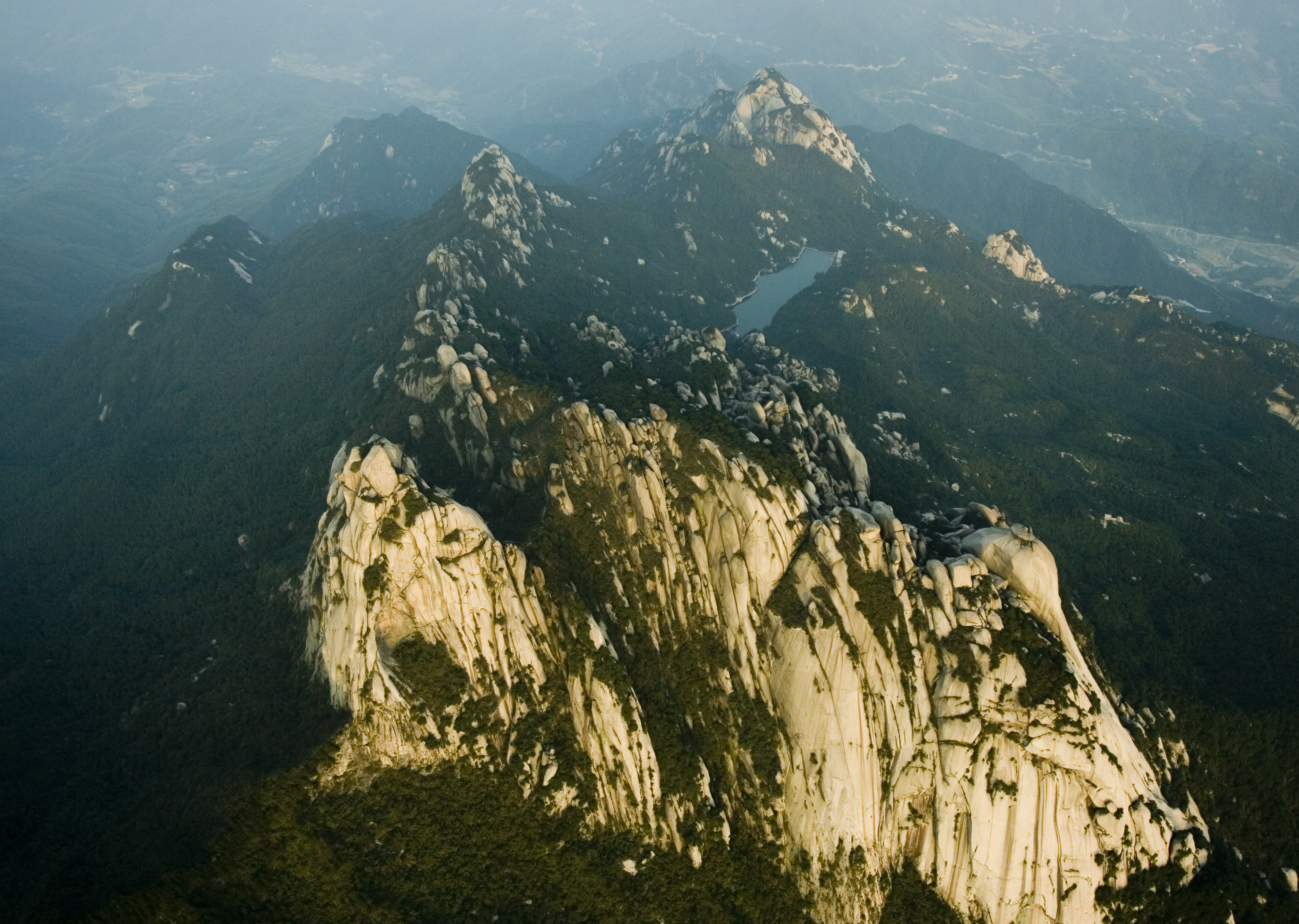
History and Culture
Buddhist and Buddhist Temple- The Sanzu Temple
Sanzu temple, which was originally called SanGu temple, is located in the north of the country village 9km away from the western county.
According to ancient historical records, an alchemist and a monk called Bao Zhi wanted to set up Taoist rites here. So, the emperor Liang Wu Di asked both of them to demonstrate their own magic powers. Whoever won would be able to stay. So, the alchemist flew the white crane, while the monk threw his tin stick. At first, the crane flew ahead, but when it was going to land, the sound of the tin stick surprised it. Then, the tin stick landed first while the crane stopped somewhere else. So, Bao Zhi got the right to set up temples here. In the 2nd year of Da Tong, it was named ShanGu temple. In the early northern Zhou, the Buddhist Cui Sanzu came here to study Buddhism alone, and formally settled here in the 10th year of the emperor of the Sui Dynasty. He later passed his robes to Si Zu, Dao Xin, in the first year of Qianyuan’s reign in the Tang Dynasty, the emperor Tang Suzong conferred on the temple the title of “San Zu Shan Gu Buddhist temple of Qian Yuan”. Since the initiation of Bao Zhi, San Zu temple has remained prosperous for almost 1500 years and remained number one of all the temples in the country.
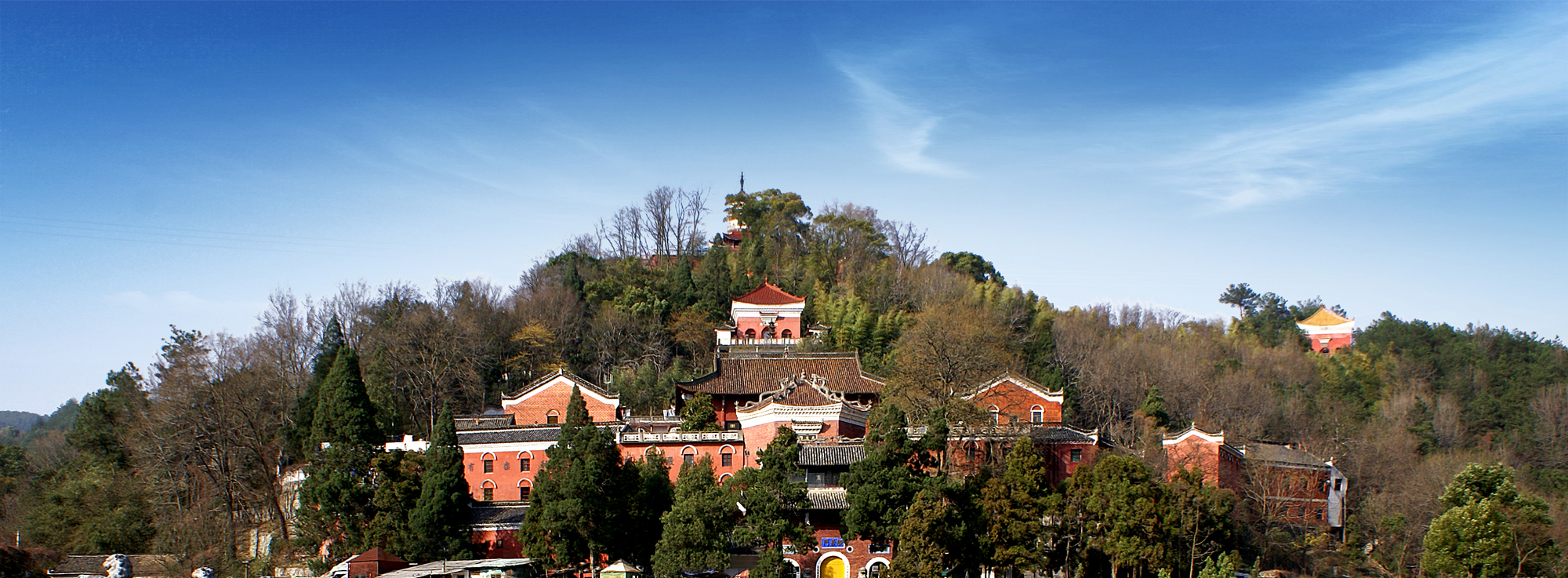
Foguang Temple
With a total coverage of 10.96km2, Mazu Temple scenic area is noted for its quiet and peaceful scenery. It is a scenic area significant for abundant forests, peaceful environment and marvellous stones which are everywhere. This is the only route up to Tianzhushan. The major tourist attractions are: Foguang Temple, Mazu Cave, Zuoci Cave, more than 30 Ming Dynasty stone inscriptions, magnificent peaks such as Heavenly Frog Peak, Elixir Granting Peak, Heavenly Book Peak and Incense Peak, marvellous stones like Wooden Fish Stone, Pig Head Stone and Thunderbolt Stone, and waterfalls including Snow Cliff Waterfall and Rushing Stream Waterfall.
More than 1300 years ago, Mazu Daoyi was a brilliant disciple of Zen master Nanyue Huairang and a second generation disciple of the sixth Chinese Zen Buddhism patriarch Huineng. His disciple Baizhang Huaihai made the famous rules for Buddhists, Baizhang Monastic Rules, in accordance with the developing requirements of Zen Buddhism, in which labor is defined as a rule to be obeyed by all the monks and thus “no work, no food”. This caused a revolution in Buddhist temples and helped Zen Buddhism achieve independence and gradually develop into the leading form of Buddhism. Consequently, Mazu Daoyi contributed to the development of Chinese Zen Buddhism. When wandering in Tianzhushan, the Buddhist monk of the Tang Dynasty found this to be a good place so built a cottage as a temple and practiced Zen meditation at the stone cave in Lion Grove. The cave was later called Mazu Cave and the temple Mazu Temple. On the stone walls inside the cave there are Ming Dynasty stone inscriptions. On the outer wall at the cave portal there is “Jiaping House” inscribed by Ruan Zihua of the Ming Dynasty. Additionally, there are “Buddhist Abbot in the Cave”, “Land of Utmost Joy”, and other inscriptions. In the middle of the stone at the cave roof, there is a gap, through which a beam of light shines into the cave. Thus the scenery is called Mazu Line of Sky. The cave is formed along the joints on the stone by weathering.
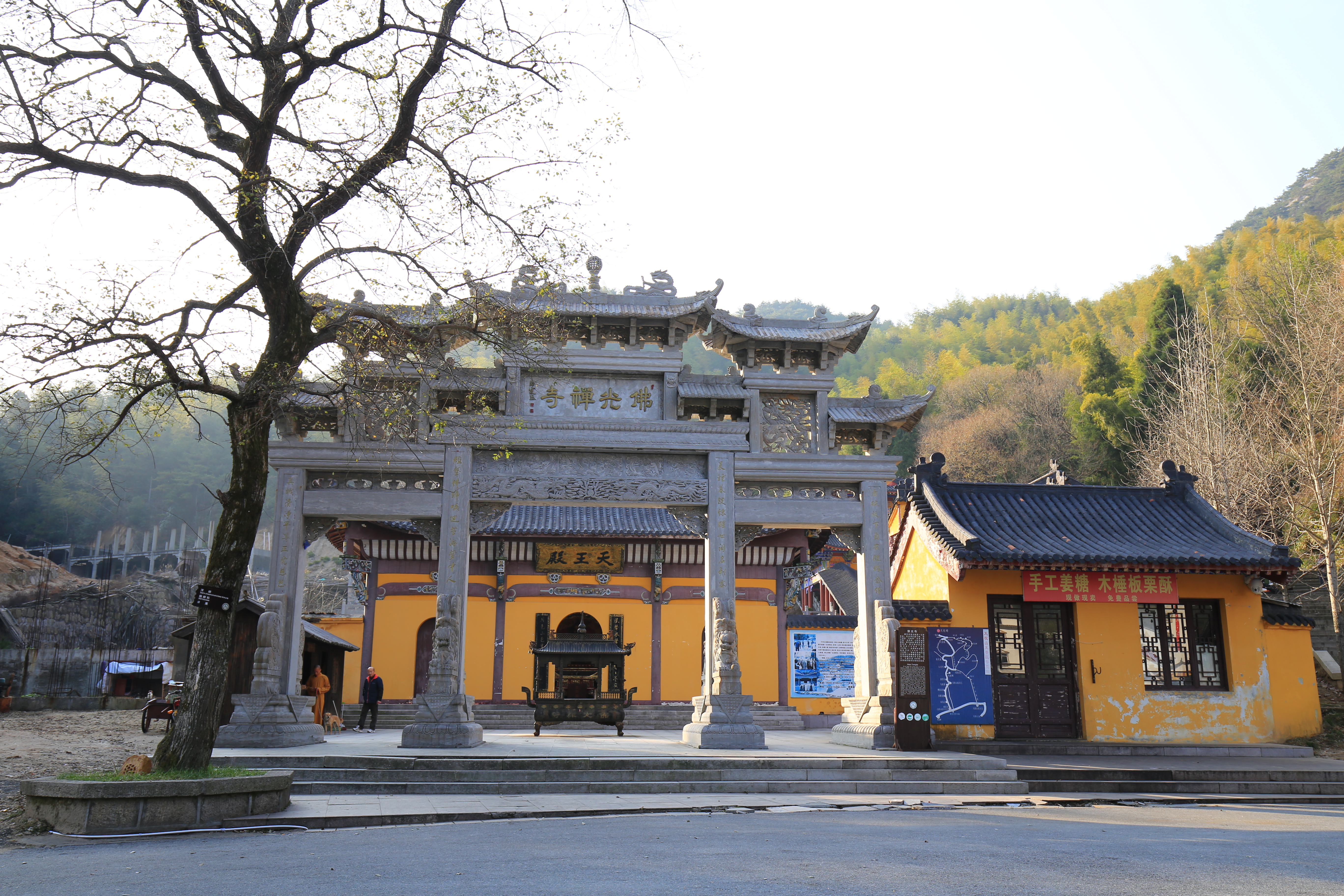
Stone Buffalo and Ancient Cave
The name ”Stone Buffalo” is attributable to the fact that there is a huge stone resembling a buffalo at rest drinking water, and natural stone marks quite similar to buffalo hoof marks, while the name ”Ancient Cave” relates to the fact that stone cliffs here are rugged and covered by pine trees and bamboos, giving one the impression of a deep, serene cave. This is where the best stone-carved inscriptions are most heavily concentrated.
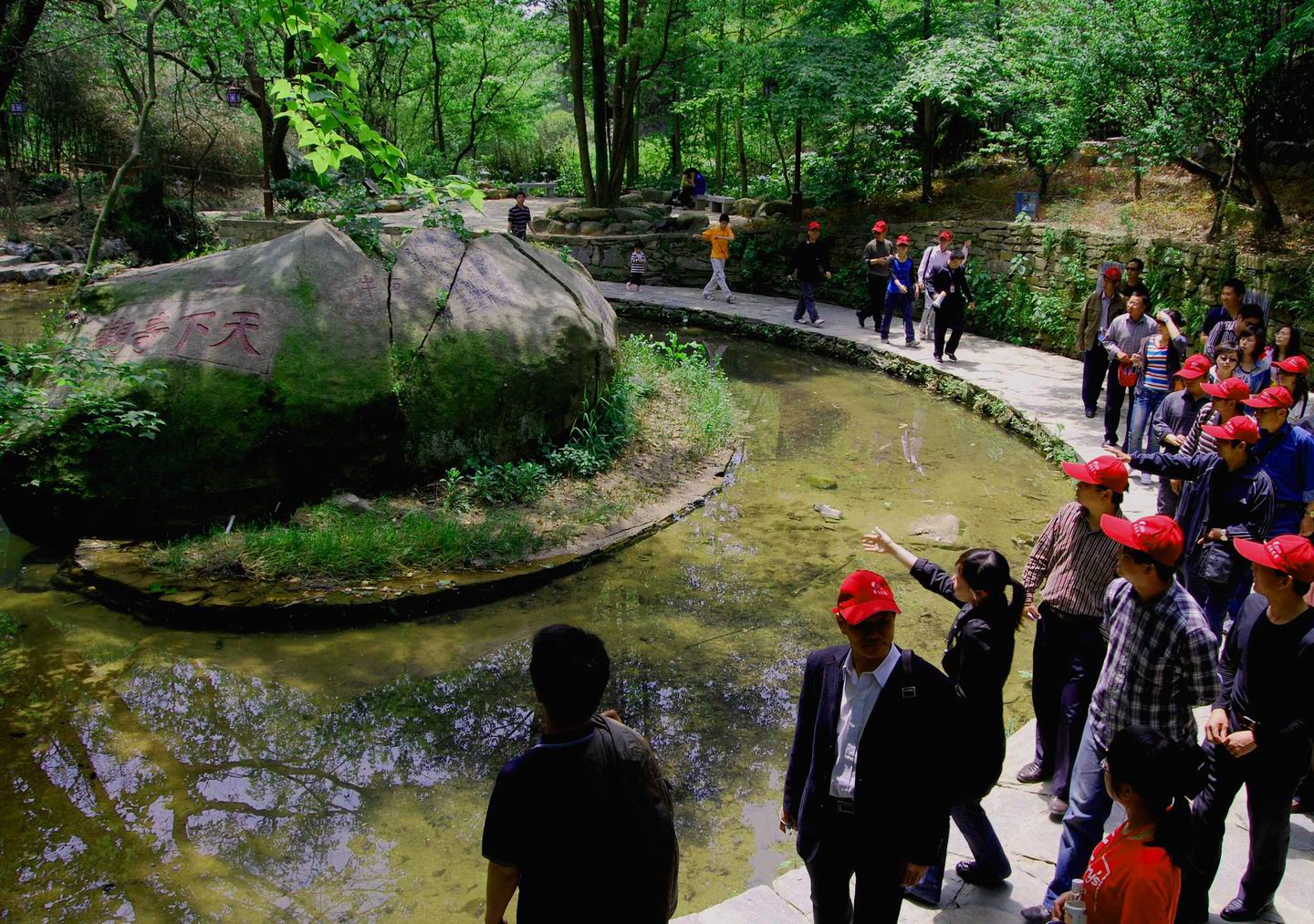
Birthplace of the “Peacocks Flying Southeast” story
A thousand years ago, in Xiaoligang of Xiaoshi Town in Qianshan County, the events on which the classic story Peacocks Flying Southeast is based, took place.
The remains of Peacock Tower, along with Phoenix Tower in Nanjing and Yellow Crane Tower in Wuhan are collectively known as Three Fairies in the Yangtze River Valley. There is a local saying that when you come to Anqing, you must climb the tower and when you come to Xiaoshi, you must climb the Peacock Tower. Also known as Wannian Tower, the Peacock Tower is the place where Jiao Zhongqing and Liu Lanzhi committed to each other. Later generations, moved by their unfaltering love, built this tower in memory of them, hence its name. It is recorded that the Peacock Tower was first built in the final years of the Tang Dynasty as a platform made of soil and the story of the tower was then turned into a magnificent stage drama in the Qing Dynasty. People from all walks of life invited theatrical troupes to perform on the Peacock Tower for at least a couple of days and some performances could even last for a month. This is a cultural phenomenon of Xiaoligang but very unfortunately, the Peacock Tower was destroyed during the Cultural Revolution.
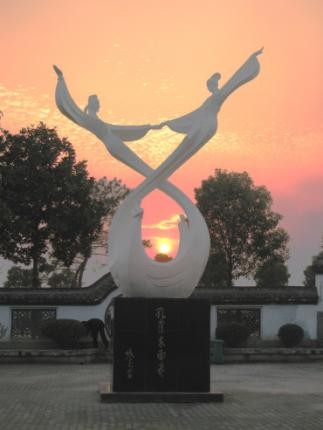
Xuejiagang Cultural Relics
Xuejiagang culture dates back more than five or six thousand years, with relics in Xuejiagang Village, Wanghe Town, 7km from Qianshan County. The area comprises an oval platform with an elevation of 4 to 7 meters, and is 60,000 square meters in size. There are about 3,000 ancient relics unearthed between 1979 to 2002 in addition to hundreds of graves. It is principally a site of Neolithic cultures as well as those from the Tang and Song Dynasties. Because of its long duration, and widely distributed relics and their dense cultural layers, it has become an excellent example of Xuejiagang Culture, i.e., the ancient culture which emerged in the region of the Yangtze River in the later evolution of primitive societies. It also provides valuable information for the study of the relationship between the early Neolithic societies of the Yangtze River Basin and the Yellow River Basin. In 1996, the State Council listed it as a National Key Cultural Relic Protection Site.
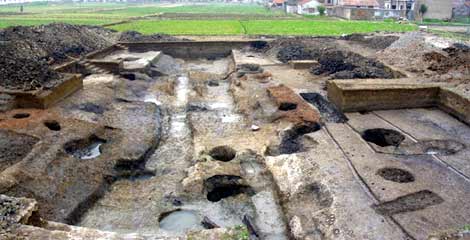
Plants and Animals resources
Natural Flora
The geopark is at the north rim of the mid-subtropical zone, a transition zone of southern and northern flora, with a forest coverage of 93% and abundant biodiversity.
There are more than 1,650 species of wild plants, including 17 species of rare plants, accounting for 85% of the total species protected at the national level, and many relic plants, such as first-grade rare Metasequoia, second-grade rare and protected Gingko, Emmenopterys henryi and Liriodendron chinense; second-grade key protected Pinus dabieshanensis and cercidiphyllum, second-grade endangered Magnolia sieboldii and Rhizoma Gastrodiae, among others.
|
Latin Name |
Species |
Protected Level |
|
Metasequoia glyptostroboides |
Metasequoia |
First-grade |
|
Taxus chinensis |
Taxus |
First- grade |
|
Ginkgo biloba |
Ginkgo |
First- grade |
|
Pseudolarix amabilis |
Pseudolarix |
Second- grade |
|
Emmenopterys henryi |
Emmenopterys |
Second- grade |
|
Liriodendron chinense |
Liriodendron chinense |
Second- grade |
|
Ormosia henryi |
Ormosia |
Second- grade |
|
Toona ciliata var. pubescens |
Cedrela |
Second- grade |
|
Pinus dabeshanensis |
Pinus |
Second- grade |
|
Eucommia ulmoides |
Eucommia ulmoides |
Second- grade |
|
Cercidiphyllum japonicum |
Cercidiphyllum japonicum |
Second- grade |
|
Torreya grandis |
Chinese torreya |
Second- grade |
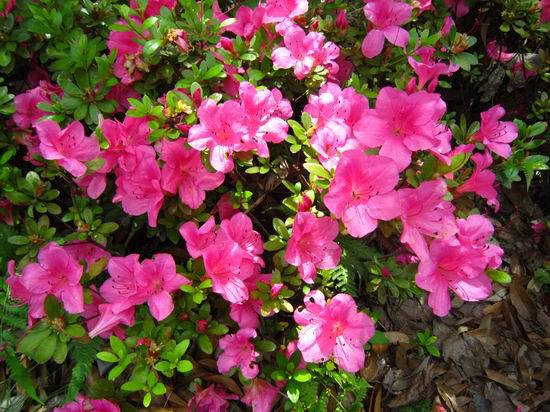
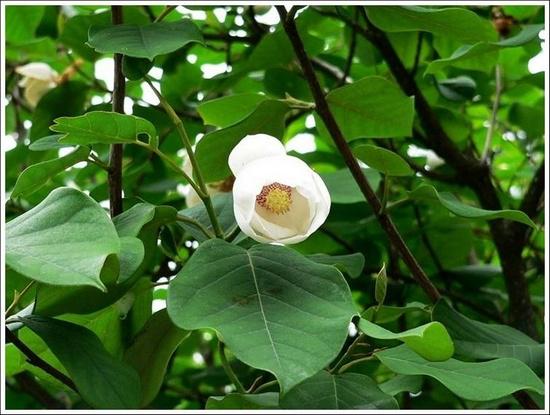
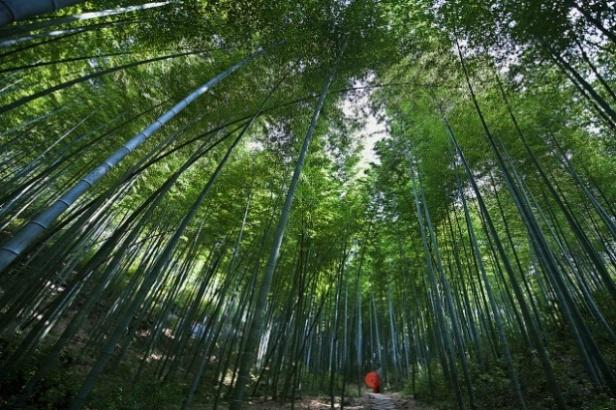

Fauna
The geopark has more than 300 types of wild animals, including Andrias davidianus (giant salamander), Syrmaticus reevesii, Viverricula indica, Manis pentadactyla, Elaphodus cephalophus, Panthera pardus, etc. Other common animals include the hedgehog, Chinese hare, squirrel, porcupine, white pahmi, otter, wild boar, and Mongolian gazelle, among others.
|
Latin Name |
Species |
Protected Level |
|
Panthera pardus |
Leopard |
First- grade |
|
Neofelis nebulosa |
Leopard |
First- grade |
|
Muntiacus crinifrons |
Muntjac |
First- grade |
|
Martes zibellina |
Mink |
First- grade |
|
Syrmaticus ellioti |
Syrmaticus humiae |
First- grade |
|
Naemorhedus goral |
Goral |
First- grade |
|
Manis pentadactyla Linnaeus |
Manis pentadactyla |
Second- grade |
|
Viverricula indic |
Civet |
Second- grade |
|
Falco tinnunculus Linnaeus |
Falcon |
Second- grade |
|
Milvus korschun |
Eagle |
Second- grade |
|
Rana tigrina rugulosa |
rana rugulosa wiegmann |
Second- grade |
|
Elaphodus cephalophus |
Elaphodus cephalophus |
Second- grade |
|
Asio otus |
Asio |
Second- grade |
|
Andrias davidianus |
Andrias davidianus |
Second- grade |
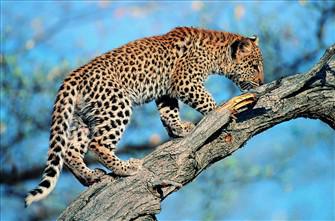
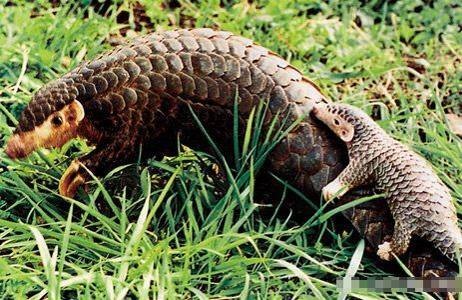
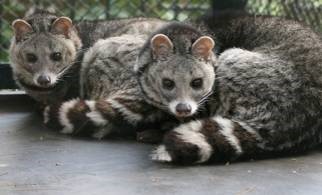
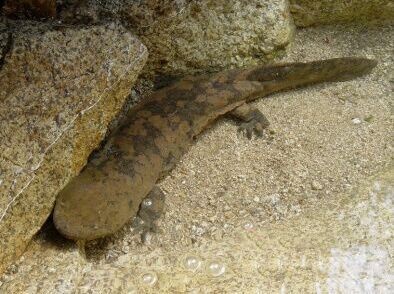
Intangible Cultural Heritage
Introduction
Tianzhushan area has a long history and rich culture. Many folk crafts have lasted through to the present day including Doumu pottery hand making, Wanghe bamboo mat knitting, puppet show performances, Twelve Months of Flower Fairies Opera and Qianshan Tanqiang Opera, the ancestor of Peking Opera. They are listed as Intangible Cultural Heritage at a Provincial Level; Huangmei Opera, the legend of Peacocks Flying Southeast, and the making of mulberry paper are listed as Intangible Cultural Heritage at a National Level. These intangible cultural heritages are the essence and crystallization of wisdom obtained from years passed, serving not only as historical evidence but also important cultural resources.
Wanghe Bamboo Mat
Qianshan County had the ancient name of The State of Shu, after which the Shu mat is named. Having been manufactured for 2,000 years, starting from as early as the Ming and Qing Dynasties, the bamboo mat became reputed at home and abroad, and was exported to Hong Kong, Macao, Japan, Thailand, the Philippines, Myanmar, Singapore and other countries and regions. In 1958, Qianshan County sent the bamboo mat which had incorporated the pattern of Tiananmen Square and the pattern of two lions snatching a ball to a Beijing exhibition. It received a high rating, and was described as “a carpet as fine as silk, cool as ice, with exquisite designs, and superior technology”. At the same time, the bamboo mat is fine, thin, smooth, long-wearing, resistant to carpet moths, and easy to fold. Wanghe’s Bamboo Mat technology was listed as an item of provincial intangible cultural heritage in 2008.
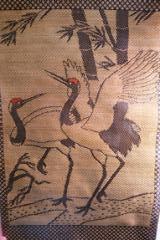
Mulberry Paper
Mulberry paper, a kind of pale yellow handmade paper, made entirely from mulberry peel, is a famous type of traditional craftsmanship in Qianshan County. In ancient times, mulberry paper was used for fine paintings and packaging, in addition to umbrellas, baskets, fuses, traditional Chinese medicine packages, and fans. The exquisite workmanship of the mulberry paper’s fabric can be seen clearly, so the classical books of local government in the Ming and Qing Dynasties and the period of the Republic were usually made using mulberry paper, which looks and feels very good.
The production process has more than 30 steps,and takes three months. The practice began in the Han Dynasty, and with a history of thousands of years, is a “living fossil” of the paper industry. For thousands of years, it recorded the essence of the Chinese traditional paper-making process and was a window for people to understand the culture and history of paper. In 2007, the Qianshan Mulberry Paper production techniques were listed as National Intangible Cultural Heritage.
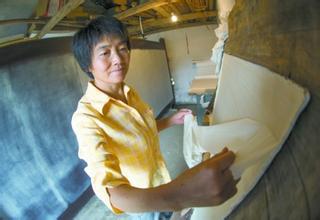
Doumu Pottery
Doumu Pottery is one of the traditional products of Qianshan County. The Tang Dynasty poet Li Bai expressed his appreciation for it in a poem.
The pottery has a long history, and Doumu Township is the birthplace of pottery handicrafts and a major producer with unique clay resources and industrious and talented folk artists. Doumu Pottery dates back to 6,000 years ago, with generations of artists studying hard, improving it carefully, and continuing to preserve its legacy. Doumu Township has thus been called “the hometown of pottery in the Southwest of Anhui Province.” With the ancient name ”Yaotou” meaning “kiln”, it is on the edge of Xuejiagang cultural site,which is scattered with ancient kilns. Doumu Pottery has a complicated production process, including selecting delicate and pure yellow clay as raw materials and a total number of 14 steps, such as hand-washing, casting, drying, finishing, calendering, painting, sculpture among others, which lasts 25 days. There are more than 40 kinds of ceramic techniques, which combine financial practicality, ornamental art, and technology, and fully reflect the creativity of folk pottery craftsmanship. In 2008, the Doumu Pottery production process was listed as Provincial Intangible Cultural Heritage.
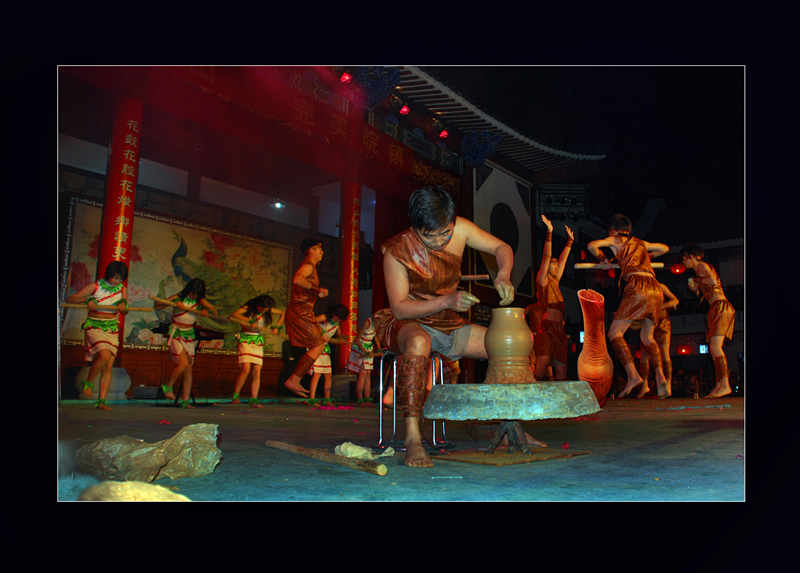
Opera Culture
The Tianzhushan Area has been the birthplace of Qianshan Tanqiang Opera since the Qing Dynasty. It is the ancestor of Peking Opera and Yue Xi Gaoqiang Opera, the hometown of many great Anhui artists who have made outstanding contributions to the creation of different operas (such as Anhui Class leader, Beijing Opera originator Cheng Changgeng), and the cradle of Huangmei Opera.
Qianshan Tanqiang Opera is a kind of rare and ancient folk Opera, with a history of 270 years in and around Qianshan County. It is commonly understood that Tanqiang Opera began no later than the late Ming and early Qing periods. In addition, Yue Xi Gaoqiang Opera, a kind of Han Opera, is unique to Yue Xi County, Anhui Province. The State Council approved Huangmei Opera for the list of the first group of National Intangible Cultural Heritage on May 20th, 2006.
